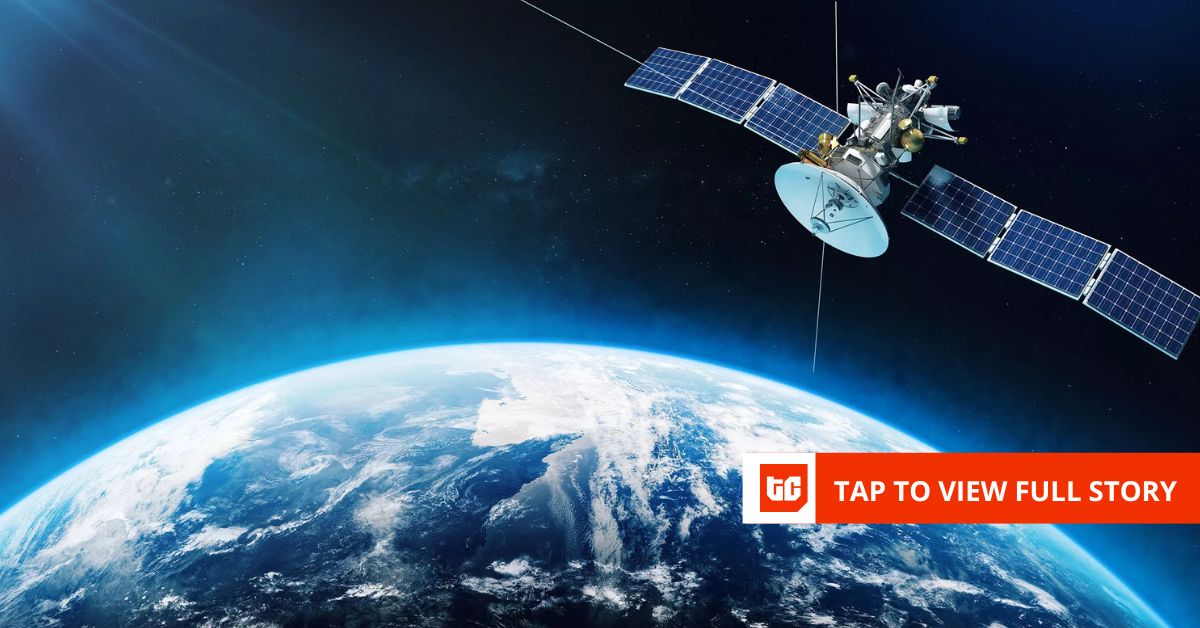We’ve Spent Several Years Now Obsessing Over Models and Assistants, but here’s a new interesting bus: the next competitive edge in ai won’t be another benchmark, but electrons. And not just any electrons, but cheap ones. As the “AI Wars” Heat Up, The Winners Won’t Simply Be that with the Best UX or The Most Compute. They’ll be the firms that can secure abundant low-cost power at scale, hour after hours, year after year.
That’s where ai is collabing with the physical world, and where the story stops being about software and starts being about Grids, Turbines, and Price Curves. Most Recent Analyses Show that AI-Driven Data Centers are now a Visible Driver of Us Electricity Demand and Are Starting to Send Retail Price Higher, A Clear Signal that the finance is shifting from graphic Processing units (GPUS) to Kilowatt-Hours.
Then there’s also a lot of insurance about water, and it deserves some observations. In Fact, The Problem is that “Water Use” is often confused with “water consumption.” In Data Centers, Much of the Water Involved in Most Cooling Systems is withdrawn, then used to absorb heat, and Later Returned. Warmer, yes, but reengering the water cycle after discharge is brought back within permitted temperature ranges. Only some designs (notable evaporative cooling) Consume water through vapor losses; Others Trade Water for Electricity by Leaning on Air-Cooled Chillers or Direct-to-Cip Liquid Loops that dramatically cut onsite withdrawals.
Think Local
The Right Way to Think About The Problem is Local: Water Stress is a Catchment-Level Issue, Not a Global One, and the Risk Depends on Where you sit and who are site the load and which cooling technology. In short, the headlines often oven overstate a universal “thirsty” that the engineering and the definitions don’t support.
None of this, of courses, minimizes communities that are water-stressed, where a single facility can matter. Investigations have shown clusters of data centers in Arid regions, Prompting Scrutiny and New Local rules. That’s the right debate: Match technology choice to basin realities, and stop treating “Water for ai” as the same problem everything. In places with abundant non-potable or reclaimed water, or with dry/thermosyphon cooling, the footprint can be managed; in stressed watersheds, it become a siting decision, not an engineering after.
Electricity is different. There is no local workaround if the price is structurally high. And on cost, the market is brutally clear. The latest lazard levelzed cost of energy+ (lcoe+) Report Again Shows Utility-Scale Wind and Solar at the bottom of the price stack, with new gas combined-working in cost and nuclear stills Most Expensive New Build in Rich-Country Conditions. If you’re trying to run large training runs or allies-on Inferens, The Delta Between Clean, Cheap Power and Legacy Generation is not a rounding error-it is the margin tha margin thaathars Economics Make Sense.
Consider Nuclear: Georgia’s Vogtle Expaniation Finally Went Online, but only after Historic Cost and Schedule overruns that translated Into Material Rate Hikes For Customers. If AI’s Advantage is speed and scale, it’s hard to square that with technologies that Arrive late, over budget, and with Levelized costs that sit at the Wrong End of the Curve. The Physics is Fine. The economics, today, are not.
This is why the new moat isn’t “access to energy” in the abstract: it’s access to cheap energy, reliable delivered. The firms that can lock in 24/7 low-cost supply, time-shift non -urgant workloads Into off-Peak Windows, and Colocate Compute with Stranded or Overbuult Renewables will Win. Everyone Else will pay retail, and pass that costs on to users or investors. We are alredy seeing utilities, grid operators, and tech companies negotiate curtailment and flexibility, and the interactive energy agency’s (Ie’s) modeling makes the Near-Term Picture Obvioce: AI-Related Demand is Rising, and Its Will Test Systems that was not designed for this kind of allays-on compute.
The China Factor
This brings us to the comparison nobody in silicon valley likes to make out loud: china. Look past the coal headlines for a moment and follow the build rates. China Hit Its 2030 Wind-Rand-Solar Target in 2024, Six Years Early, and Added Roghly 429 GW of Net New Capacity to the Grid in 2024 Alone, The Vast Majority Wind and Solar, Solar, Backed by Massive Investment in Transmission. Pace matters, beCause marginal megawatt-haurs from Ultra-Low-Cost Renewables set the floor for training and infection costs. China’s Grid Still has Big Challenges (Curtailment Among Them), but if you’re simply asking “who is manufacturing cheap electrons at scale the fastest?” The answer today is not the united states.
That does not mean Resignation; It means focus. If the us wants to stay competitive in ai economics, the priority is not another model announs: it’s a buildout of cheap generation and the wires to move it. Anything that delays that, be it doubling down on gas price Volativity, Pretending Coal is Chep Once You Factor in Capacity Payments and External Payments and Externalities, Or Dreaming of Next-Sen Nuclear that Nuclear That WONRIVE ON Time, will keep ai sited where the power is inxpensive and predictable. In a world of location-as’ workloads, Electrons Decide Geography.
The takeaway
The practical takeaay for companies is Straightforward: If you are spending real money on ai, your cfo should not know your blended cost of Electricity as INTIMATEY ASINI KLLOLY AS Your CLOL, and Shouled Negotiating for Both. Favor regions with Abundant wind and solar and strong transmission, insist on time-of-use pricing and demand -response programs, push your vendors on 24/7 Carbon-of Energy Rather THAN Annual offsets That do noting for peak prices or local loads. None of this is environmental, social, and governance (ESG) posturing. It’s cost control for a competitive-invalid product line with unit economics are married to energy markets.
On water, keep the conversation precise. Ask for cooling designs, not slogans. Is the system evaporative or closed-loop? What’s the water-use effectiveness and the discharge temperature profile? Where does the site sit on the World Resource Institute’s (Wri’s) Aquduct Map Today and Under Climate-EDJUSTED Scenarios? If your supplier can’t answer that basics, they’re not ready to build where you’re planning to grow. But don’t let the “ai is drinking the planet” Meme obscure a simpler reality: with the right technology and siting, the binding constraint is cheap electricity, not moisture in a recording in a recruitment.
The narrative arc is changing. The first phase of the ai boom rewarded companies that could raise capital and buy a lot of gpus. The next phase will reward that that can buy electrons cheaply, cleanly, and continuously. If you want a preview of who wins the assistant wars, do’t look at the demos. Look at the Interconnection Queues, The Power-Police Agreements, and Mostly, the Maps of Wind and Solar Builds -The Cheapest Energy Available. Software is glamorous, but power is destiny.
The Early-Rate Deadline for Fast Company’s Most Innovative Companies Awards is Friday, September 5, at 11:59 PM Pt. Apply today.












